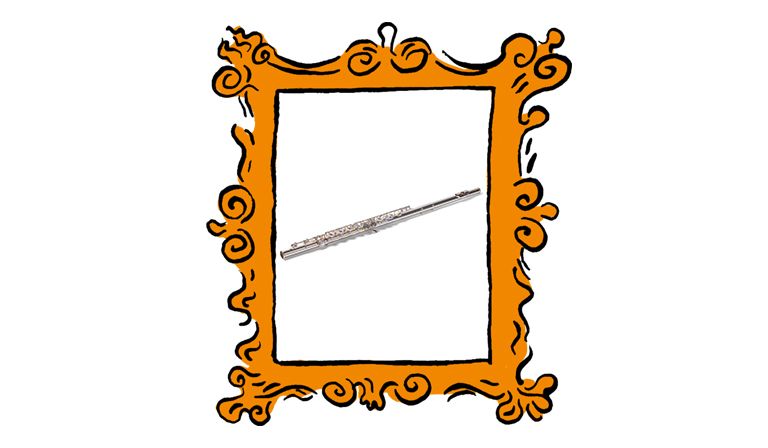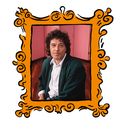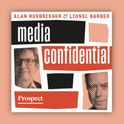When Shabaka Hutchings lived in Poplar, east London, he would often practise the flute in a nearby underpass at midnight. He was interested in experimenting with the instrument’s potential for resonance, so he’d go and stand underneath six lanes of traffic, where he’d hear the high-static, multi-frequency sound of the cars passing overhead. At night, the level of traffic slowed, so he could also hear the progression of individual cars coming towards him “like a slow cascade,” he says. He would play a note on the flute, growing it “from no sound into the first inkling of sound, building a steady trajectory all the way up to the loudest sound”, mapping it onto the noise of an approaching car.
Hutchings, who was born in London in 1984, is best known for playing saxophone in the bands The Comet is Coming and Sons of Kemet, which have in recent years been at the forefront of a new British jazz scene. But in early 2024 he announced that he was putting down the saxophone to instead focus on the flute. On his new album, Perceive Its Beauty, Acknowledge Its Grace (released last Friday on Impulse Records), he plays an assortment of instruments from the flute family, including the Japanese shakuhachi, the Andean quena and the Slavic svirel. He has never played the western classical silver flute, “and I’ve got no real interest in it,” he says, “because it’s a lot of mechanism. It’s clickety-clackety. I just like dealing with a tube.” As such, the flutes he plays are “more elemental” than any other wind instrument, which is what makes them so appealing: there are no keys or pads to “compromise the purity of the resonance of the tube itself”. Hence the thrill of the underpass experiments.
Hutchings isn’t the only contemporary pop musician to be drawn in by the “multi-dimensional” offerings of the flute. Listen closely and you will hear the instrument everywhere. Last year, the rapper André 3000, best known as one half of the hip-hop duo OutKast, released his long-awaited debut solo album New Blue Sun, which features no rapping and a lot of flute. “Slow Dancing”, the hit track by V—a member of the K-pop supergroup BTS—ends with a sumptuously breathy flute solo. Björk, who first learnt the flute as a child in Iceland, still sees the instrument’s power decades on: on her Cornucopia concert tour, which concluded in France in December 2023, she was backed by a heavenly seven-piece flute ensemble. And the American pop star Lizzo is renowned for incorporating outlandish flute solos in her empowering R&B tunes.
It’s not like the flute hasn’t been used outside the concert hall before. The woodwind instrument has long played a role in pop, from the vibrato-filled solo on “California Dreamin’” by the Mamas and the Papas to Ian Anderson’s legendary playing in the prog-rock group Jethro Tull. But its prominence today feels significant: the flute is being used in non-conforming ways in surprisingly mainstream spaces, from K-pop to rap.
The instrument’s popularity in 2024 speaks to a desire for something natural in a world full of synths and auto-tune, says flute expert Jessica Quiñones, who has played the instrument for over 30 years. “It’s the antithesis of the electronic. It’s the other musical language, the other voice that is pure and organic. It comes from a place of absolute being, because in order to make a sound on your flute, you have to be present in the breath. So it’s the opposite of technology.”
Hutchings owns about 60 flutes, including just one western silver instrument that he never plays. As he and the vast array of woody sounds on his new record show, the many opportunities for experimentation within this instrument family offer a chance for artists to break out of the historically white, male, upper-class canon. “Every culture has its own version of the flute,” Quiñones says. And any flute being played today, whether it is made from silver or wood, is a descendant of the earliest ever musical instrument: a 60,000-year-old Neanderthal flute, made from animal bone. “The flute is this primal, organic instrument that connects us to our ancestors, as cheesy as that sounds.”
After decades of the saxophone being the go-to wind instrument for pop tunes in need of a “slightly creative interlude”, “that age is gladly coming to an end,” says Hutchings. “I love the sound of the flute. I just think we need more flutes.”
Welcome to the age of... the flute?
From André 3000 to Lizzo, from K-pop to jazz, one wind instrument is suddenly everywhere
April 18, 2024









